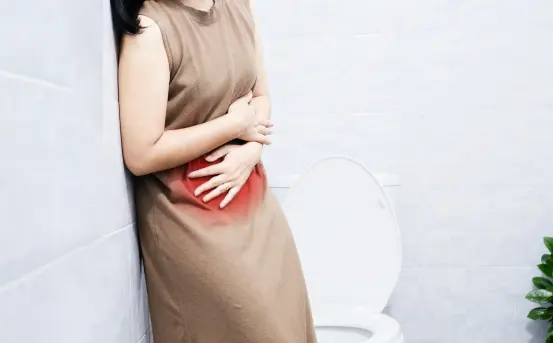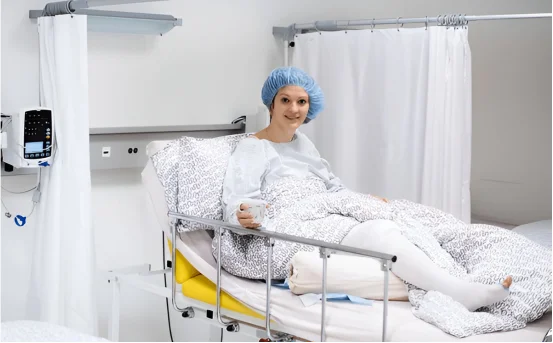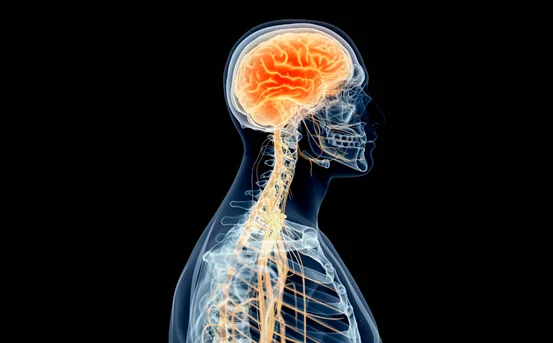Dilation and Curettage (D&C) is a minor surgical procedure performed by gynecologists to diagnose or treat various conditions related to the uterus. Though it’s a common and generally safe procedure, many patients naturally wonder.
What is Dilation and Curettage (D&C)?
Dilation and Curettage is a gynecological procedure in which:
- The cervix is dilated (widened)
- The uterine lining (endometrium) is removed or sampled using a surgical instrument called a curette or via suction
Depending on the situation, D&C can be diagnostic (to identify a problem) or therapeutic (to treat a known condition).
Why Is D&C Performed?
Let’s explore the primary causes for which doctors recommend this procedure, including the causes of dilation and curettage surgery.
Understanding the causes of dilation and curettage surgery can help patients make informed decisions about their health.
- Miscarriage Management
One of the most common reasons for a D&C is to manage a miscarriage. When a pregnancy ends unexpectedly and not all tissue passes naturally, it can result in:
- Incomplete miscarriage – Some fetal or placental tissue remains in the uterus
- Missed miscarriage – The fetus has died but has not been expelled from the body
In both cases, a D&C helps:
- Clear the uterus completely
- Prevent infection or heavy bleeding
- Allow emotional and physical healing to begin
A D&C ensures that no retained products of conception remain, which could otherwise lead to complications.
- Elective Surgical Abortion
D&C is one method used to perform a surgical abortion, particularly in the first trimester (up to around 13-14 weeks of pregnancy). In this case:
- The pregnancy tissue is removed from the uterus via suction and/or curettage
- It may be performed when a woman chooses to terminate a pregnancy for personal or medical reasons
D&C offers a controlled, safe, and quick method of abortion in clinical settings.
- Abnormal Uterine Bleeding
Heavy, prolonged, or irregular menstrual bleeding—especially when it doesn’t respond to medication—may require a D&C to:
- Remove thickened endometrial tissue that may be contributing to the bleeding
- Sample uterine tissue for lab testing to find the cause
Conditions like endometrial hyperplasia, hormonal imbalance, or chronic anovulation can lead to persistent bleeding that necessitates intervention.
- Postmenopausal Bleeding
Bleeding after menopause is always considered abnormal and may signal:
- Endometrial polyps
- Precancerous changes
- Uterine or endometrial cancer
A diagnostic D&C is used to obtain tissue samples from the uterine lining, helping doctors:
- Confirm or rule out cancer
- Detect hyperplasia or other abnormal growths
- Endometrial Polyps or Fibroids
Benign growths inside the uterus—like polyps or submucosal fibroids—can cause:
- Heavy bleeding
- Infertility
- Pain or pressure symptoms
D&C may be used to:
- Remove these growths (therapeutic)
- Obtain tissue for diagnosis (biopsy)
- Help improve fertility outcomes in some cases
In many cases, a D&C is done in combination with hysteroscopy, where a small camera is used to guide the removal.
- Molar Pregnancy
A molar pregnancy is a rare abnormal pregnancy where a mass of cysts forms in place of a normal embryo. It results from genetic errors during fertilization.
Symptoms include:
- Rapidly growing uterus
- Vaginal bleeding
- High levels of hCG
D&C is performed to:
- Completely remove the molar tissue from the uterus
- Prevent complications such as persistent gestational trophoblastic disease or even cancer
Close follow-up is required after this procedure, including regular monitoring of hCG levels.
- Retained Placenta After Childbirth
Sometimes after a vaginal delivery or cesarean section, pieces of the placenta may remain inside the uterus. This condition can cause:
- Postpartum hemorrhage
- Infection
- Uterine cramping
A D&C is performed to:
- Remove retained placental fragments
- Restore normal uterine function
- Prevent complications such as uterine atony or sepsis
- Endometrial Sampling for Diagnosis
D&C is frequently used as a diagnostic tool when:
- Endometrial cancer is suspected
- A routine endometrial biopsy is inconclusive
- A patient has unexplained infertility or recurrent miscarriage
A sample of the uterine lining is sent to a pathology lab to look for:
- Hyperplasia (abnormal thickening)
- Malignancy (cancer)
- Hormonal changes
- Infections or inflammation
- Asherman’s Syndrome Evaluation
Asherman’s syndrome refers to scar tissue formation in the uterus, often due to previous D&C or infections. It may cause:
- Irregular periods
- Infertility
- Pelvic pain
In some cases, D&C with hysteroscopy is used both to diagnose and treat these adhesions by carefully removing the scar tissue.
Is D&C Always Necessary?
Not always. Depending on the condition, your doctor may recommend alternative treatments like:
- Medications (for miscarriage, bleeding)
- Hysteroscopic polypectomy (for polyps)
- Endometrial ablation (for heavy bleeding)
- Expectant management (for early pregnancy loss)
However, when tissue sampling is essential or immediate intervention is needed, a D&C provides a quick, accurate, and effective option.
Emotional and Psychological Considerations
In many cases—such as miscarriage or abortion—a D&C is not just a physical procedure but also an emotionally sensitive experience. Patients may go through:
- Grief and loss
- Guilt or confusion
- Anxiety about future pregnancies
It’s important to receive:
- Compassionate medical care
- Emotional support
- Counseling if needed
Conclusion
Dilation and Curettage (D&C) surgery is a valuable medical procedure used to diagnose or treat a range of uterine conditions. From managing miscarriages and removing growths to investigating abnormal bleeding or postmenopausal issues, D&C plays a critical role in modern gynecological care.
If your doctor recommends a D&C, understanding the cause behind it helps you feel more informed and empowered in your health journey. Always ask questions, explore your options, and seek a second opinion if you’re uncertain.























